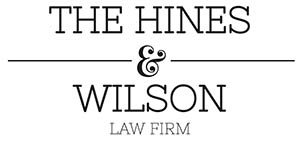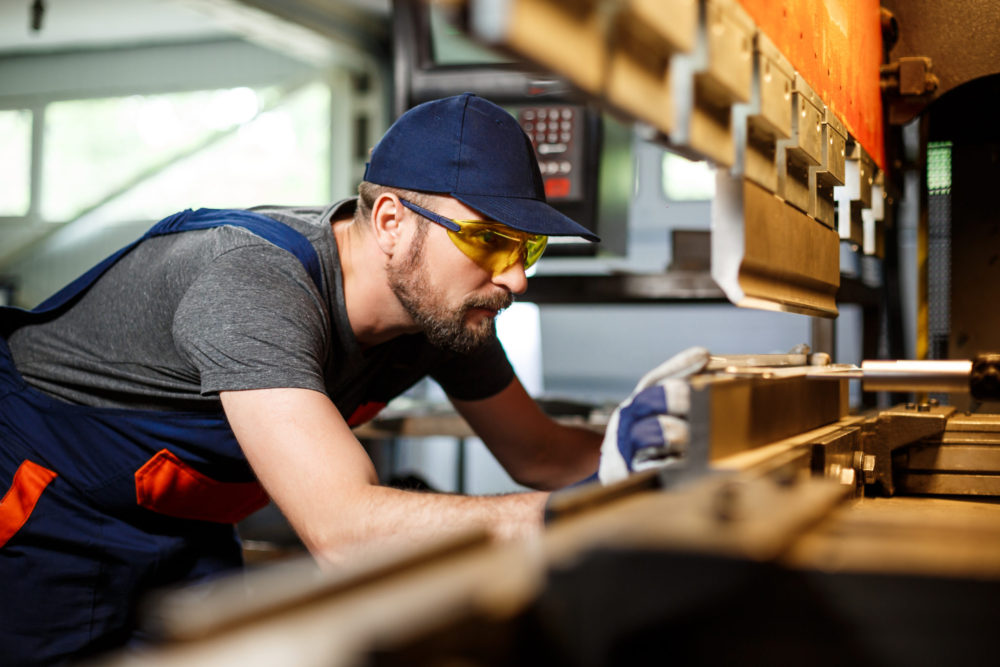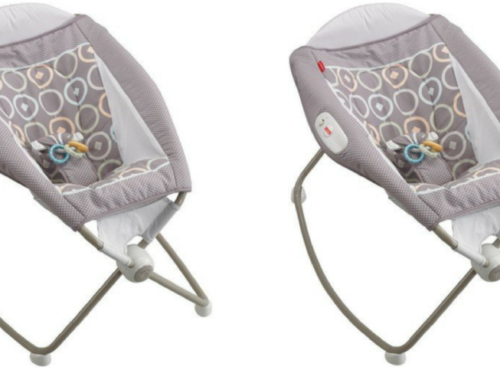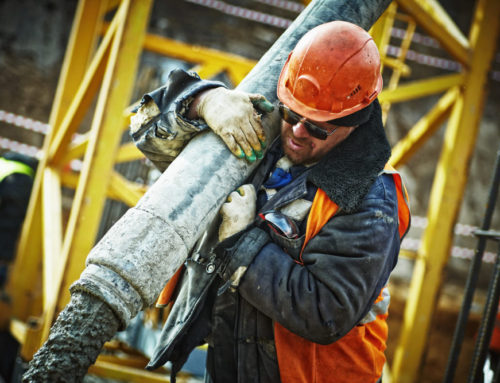What you need to know about workers’ compensation as an assembly line worker
There are certain industries in which employees are at higher risk of work-related injury. While healthcare workers, commercial drivers, and janitors are in this demographic, laborers are at the top of the list of high-risk employees, making up 7.6% of all work-related injuries (1). Assembly line workers fall under this category due to the fast-moving machinery and heavy lifting they do and long hours they work.
Assembly line workers are privy to repetitive stress injuries and occupational diseases such as carpal tunnel or epicondylitis (tennis elbow) due to the repetitive movement needed on a daily basis. These cases tend to be more complicated as they are gradual injuries that occur over time. The reporting requirements and statute of limitations for these kinds of work-related injuries are different, so it’s best to call for a consultation immediately after becoming aware of your potential work-related injury or occupational disease.
Other injuries that assembly line workers commonly experience are strains and sprains from heavy-lifting. Strains and sprains are actually the most common work-related injury, making up 30% of all workers compensation claims (2). These injuries may be easier to determine compared to repetitive stress-related injuries and it’s just as important to report them and to request medical treatment.
Last but not least, assembly line workers face high risk of injury while operating machinery used in factories. It is possible for severe or serious injury to result even from using the machinery as directed. For example, assembly line workers face a high risk of damage to their limbs and extremities when operating fast-moving machinery, and often supervisors press workers to work faster.
The Spartan Light Metal Product manufacturing plant located in Mexico, Missouri, uses assembly lines and assembly line workers for production of automotive parts. Their Toyota parts line often runs all day long, 5 or 6 days a week, and requires workers to lift 20+ pounds. The Ford Maverick parts line requires repetitive movement of parts that weigh 5-8 pounds from one machine to another and usually produces over 50 parts an hour.
These are just two of the assembly lines this manufacturing company usually runs on a daily basis. Their Volkswagon line and other lines are repetitive as well. he heavy-lifting, fast-moving machinery, and repetitive movement required to work in these lines put assembly line workers at serious risk for many kinds of work-related injuries and occupational diseases.
It is essential for any and all assembly line workers to know these risks and to know your rights if you experience a work-related injury or believe you may have developed an occupational disease. From repetitive motion injuries or occupational diseases such as carpal tunnel to severe injuries or even death, you may have a work comp claim, even if their company doctor has denied it. Don’t procrastinate your workers compensation claim! There is a 30 day written notice requirement to report your work-related injury, and there are specific deadlines to file an occupational disease claim, so call us today for a free consultation. We do not charge any fees unless and until we recover for you.
—
The Hines & Wilson Law Firm has more than 50 years of experience with workers’ compensation claims. We will use our experience and knowledge to get you the compensation you deserve. If you’ve been injured at work or think you have carpal tunnel syndrome, call us at (573) 443-4500, our toll-free number (877) 473-4500, or email info@hineswilsonlaw.com for a free and confidential consultation about your claim. If you wait too long, you may lose your right to compensation.







